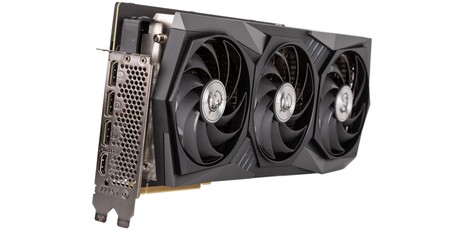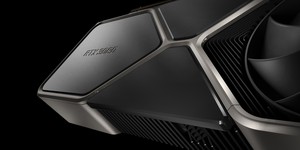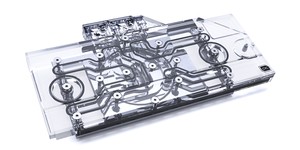Overclocking
Disclaimer: The results we achieve here are only indicative and absolutely do not guarantee any similar level of performance. We are often seeded products before they launch, and we cannot guarantee that they haven't been pre-selected as good overclocking parts. Either way, a sample size of one is not even close to useful when it comes to assessing how good one graphics card is versus another at overclocking, as individual differences between dies tend to be the bigger factor. We are only interested in seeing the peak speeds available from each card out to better understand the impact of core/memory frequency shifts in games and to see how well the cooling solution handles the increased load. To get a sense of where you "should" be aiming with a given GPU or card, we recommend you collect data like this from multiple sources to determine a rough average.
Based on the RTX 3080 FE’s limited overclocking potential, and seeing that the power target on MSI’s card could only be raised to 102%, we weren’t expecting a great deal extra frequency to be on tap.
With the power target and temperature limit raised to max, we added 50MHz to the core, bringing the boost clock to 1,865MHz ( < 3% increase).
The memory, at least, seemed happy all the way up to 20.6Gbps, giving a healthy ~8.5% boost to bandwidth.
Here’s how the new speeds played out in terms of performance and power:

MSI MPG Velox 100R Chassis Review
October 14 2021 | 15:04









Want to comment? Please log in.